‘When the first volunteers arrived, the flames were cresting the ridge – chasing the convoy over the hill’
The flames came faster, hotter, higher than anyone expected.
By the time Graham sent out the emergency WhatsApp alert, the sky above Avdimou was the colour of blood. Ash was falling like snow.
“Everyone else in the area was long gone – they’d packed their cars and escaped down to the coast. But I was stuck; I couldn’t just leave. It wasn’t just me. It was the dogs…”
Graham Shackleton runs Rescue & Rehome Cyprus, the island’s only sanctuary dedicated to large-breed dogs. It’s a last-chance refuge for the dogs most often abandoned: Huskies, Mastiffs, Rottweilers, hunting dogs – breeds often bought as an extension of ego, then kicked to the curb when they don’t fit their owner’s lifestyle.
The sanctuary itself is a lifeline – a place of healing, safety and second chances. And its location is perfect for its purpose: perched in the hills above Pissouri on donated land, it’s spacious, tranquil and far enough from most houses to give the dogs room to run, recover and rebuild trust.
But that isolation comes at a high cost. Every summer, this is one of the worst-hit areas for wildfires – dry, exposed and surrounded by dense, flammable brush. And with only one narrow track in or out, the sanctuary becomes a trap the moment a spark ignites.
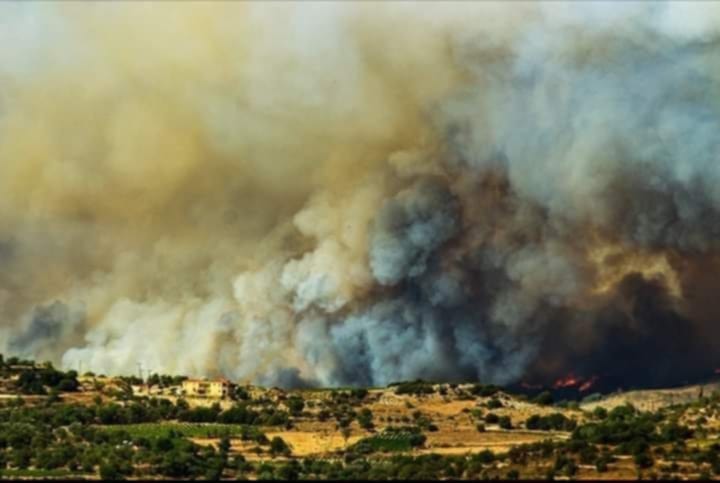
“We strim the surrounding area regularly,” Graham continues. “But when fire takes hold, it’s alive. And this inferno was jumping ditches, devouring the brush, racing through the undergrowth. You could hardly see through the smoke as it whipped across the hills…
“Everything became a race against time.”
The moment Graham sent the ‘EMERGENCY’ message, his Pissouri area volunteers began to mobilise – 30 people pouring up the single-track road; driving into danger while others were fleeing the area…
“As the first cars arrived, the flames were cresting the ridge – chasing the convoy over the hill,” Graham recalls. “But they came. Every single person showed up. No-one turned back.”
The dogs were ready in their travel crates, packed straight into the volunteers’ cars and sent down the hill to safety. “We’d practised this countless times,” Graham says. “Everyone knew their role. No hesitation.”
Within half an hour, all 30 dogs were gone – safely dispersed to homes and villages until the blaze had passed. Graham could breathe a huge sigh of relief.
But it wasn’t the first time this had happened. And nor would it be the last: later in the summer, in August, the same thing happened again…
“We made it,” says Graham. “But only just. Both times we were lucky – a freak shift in the wind, just minutes before it reached us, is what saved the dogs. If it had blown the other way, we’d never have got them out.”
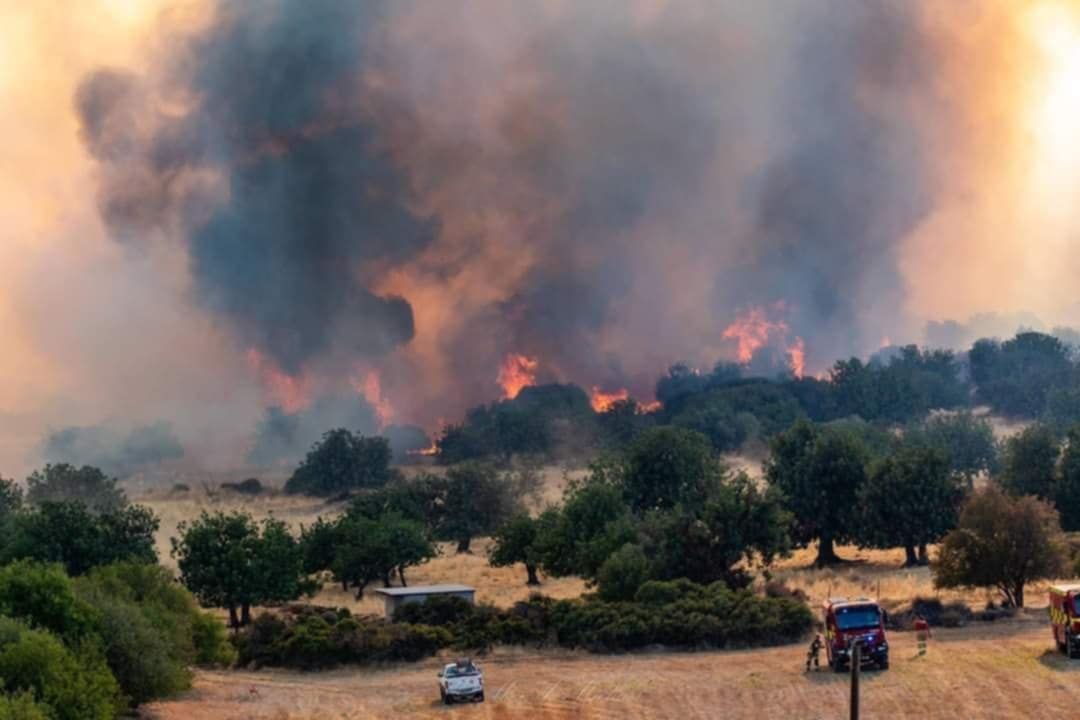
From May to September, Graham checks the fire risk updates on the hour: primed to leave his job at any second, race back to the sanctuary, and trigger the evacuation.
“We live in a state of ‘what if?’” he adds. “What if the wind changes? What if the road’s blocked? What if we don’t make it in time?
“This summer, I’m not sure we will…”
In 2025, Cyprus is set to experience increasing temperatures: intense and prolonged heatwaves; inland temperatures regularly soaring above 40C. At the same time, the island’s in the grip of one of its driest years in decades: reservoir levels at just 25 per cent, down from 46 per cent the previous year.
“So basically, we’re looking at a perfect storm – or drought!” says Graham. “Each year, we get more wildfires. Each year, Cyprus has less water. If the water bombers have to fly all the way to the sea rather than the dams, that’s an extra five minutes lost: five minutes during which everything could burn to a cinder. Dogs included. It’s terrifying.”
But Graham isn’t sitting around wringing his hands. He has a plan.
The Yorkshireman is already in negotiations for land in a less fire-prone area; a long-term solution that could give the dogs the safety they deserve. Though navigating local bureaucracy is, he notes, a protracted process – and fire could strike long before the paperwork is done.
There’s also an almighty adoption push each spring, in an effort to rehome as many dogs as possible in safety. Since its inception, Rescue & Rehome has facilitated the adoption of over 1,500 dogs, at a rate of almost 200 a year. But at any given time, there are always few who remain…”
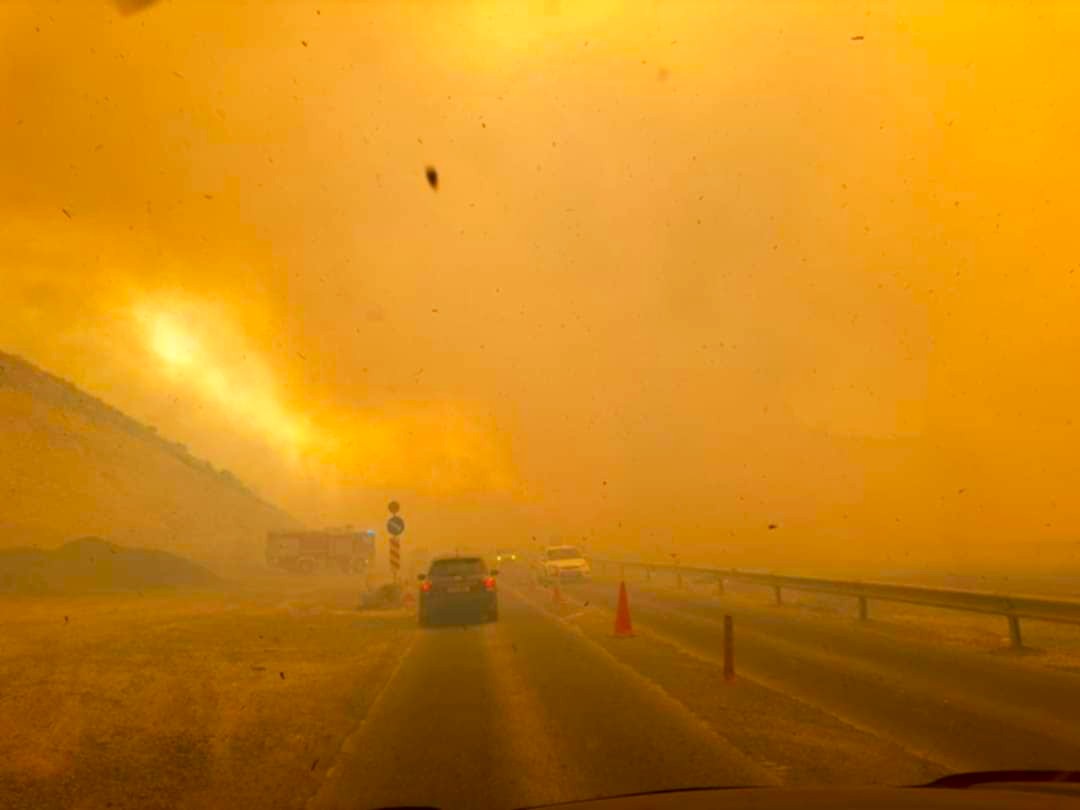
“When the heat comes, there’s only one way to ensure every single dog is completely safe,” Graham admits. “And that’s summer fostering…”
There are, he explains, just 10 dogs currently left in the shelter: 10 gentle giants who need a place to stay through June, July and August – the danger window.
These aren’t difficult dogs, he stresses – they’re friendly, sociable, used to routine. And for those who foster, the sanctuary covers everything: bringing the dogs to your home, settling them in, supplying all their food, and paying for their vet care.
“We do it all, pay for it all,” says Graham. “We just need people willing to foster a dog for a few months, so they’re not sitting in a fire zone waiting for the next emergency…
“Last-minute evacuations only work so many times,” he sighs. “And I suspect, this year, our number may be up. The conditions are too severe now; the risks too high. We need to ensure the dogs’ safety before disaster strikes.
“If you or someone you know can foster a dog just for three months, you might literally be saving its life.
“These dogs have already been abandoned once,” he concludes, quietly. “They don’t deserve the threat that’s hanging over them this summer. Giving one of them a place – even just for a few weeks – could mean the difference between life and death.
“Last year, we got them all out – just. But I can’t watch them go through that again, not knowing if this time the worst will happen. I don’t think any of us could.
If you feel you could help, please contact Graham through the Facebook page Rescue & Rehome Cyprus or the website rnrcyprus.com

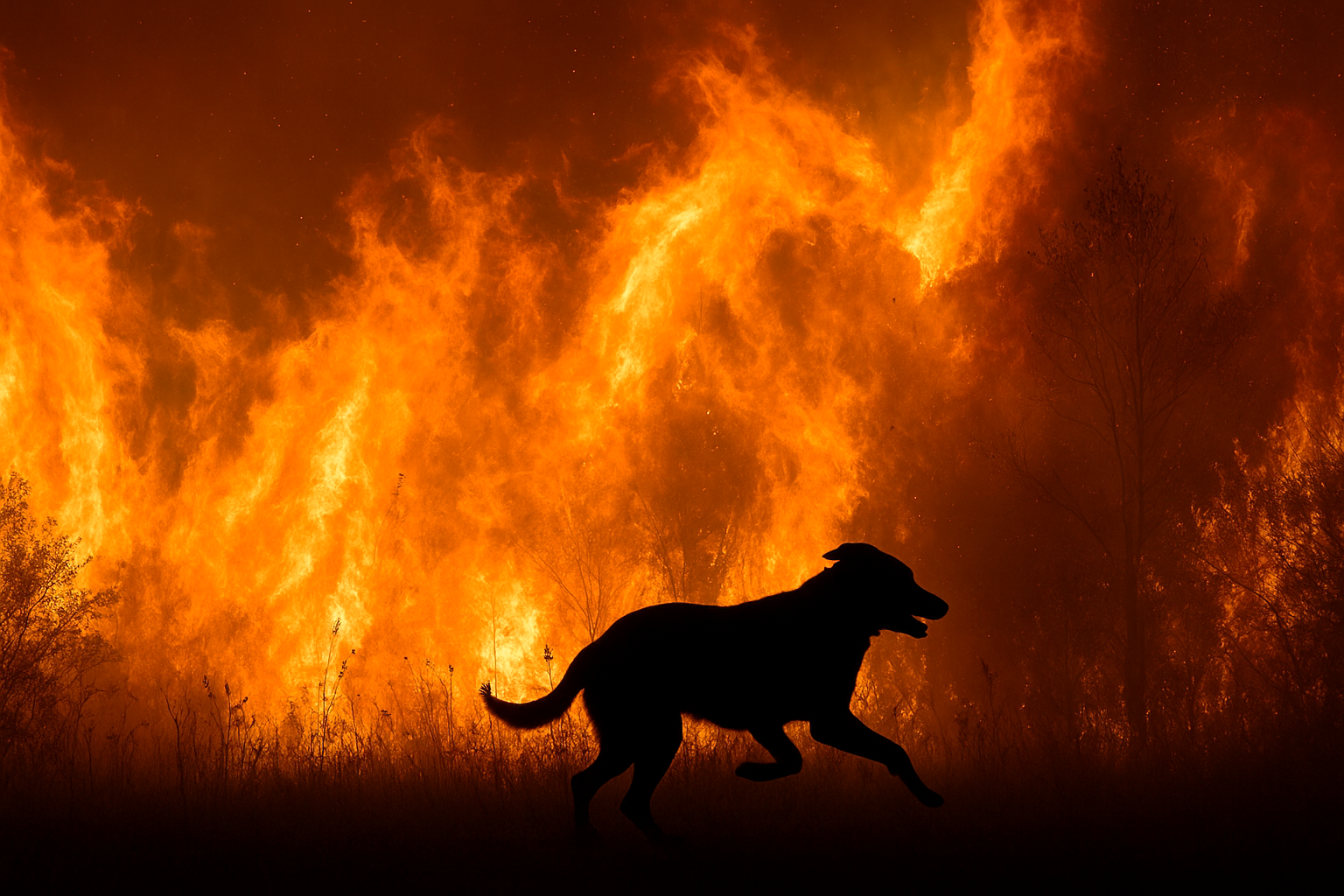

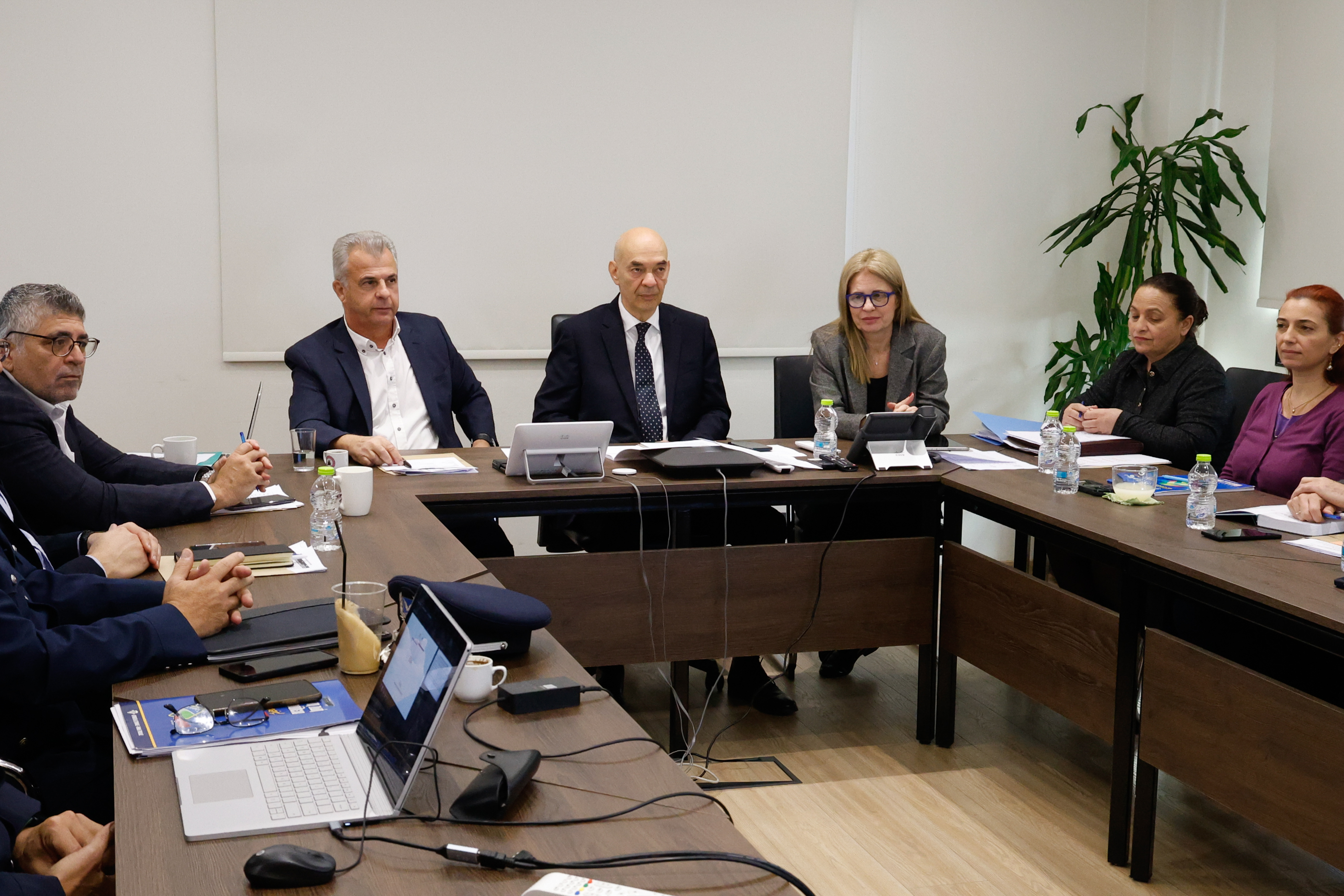
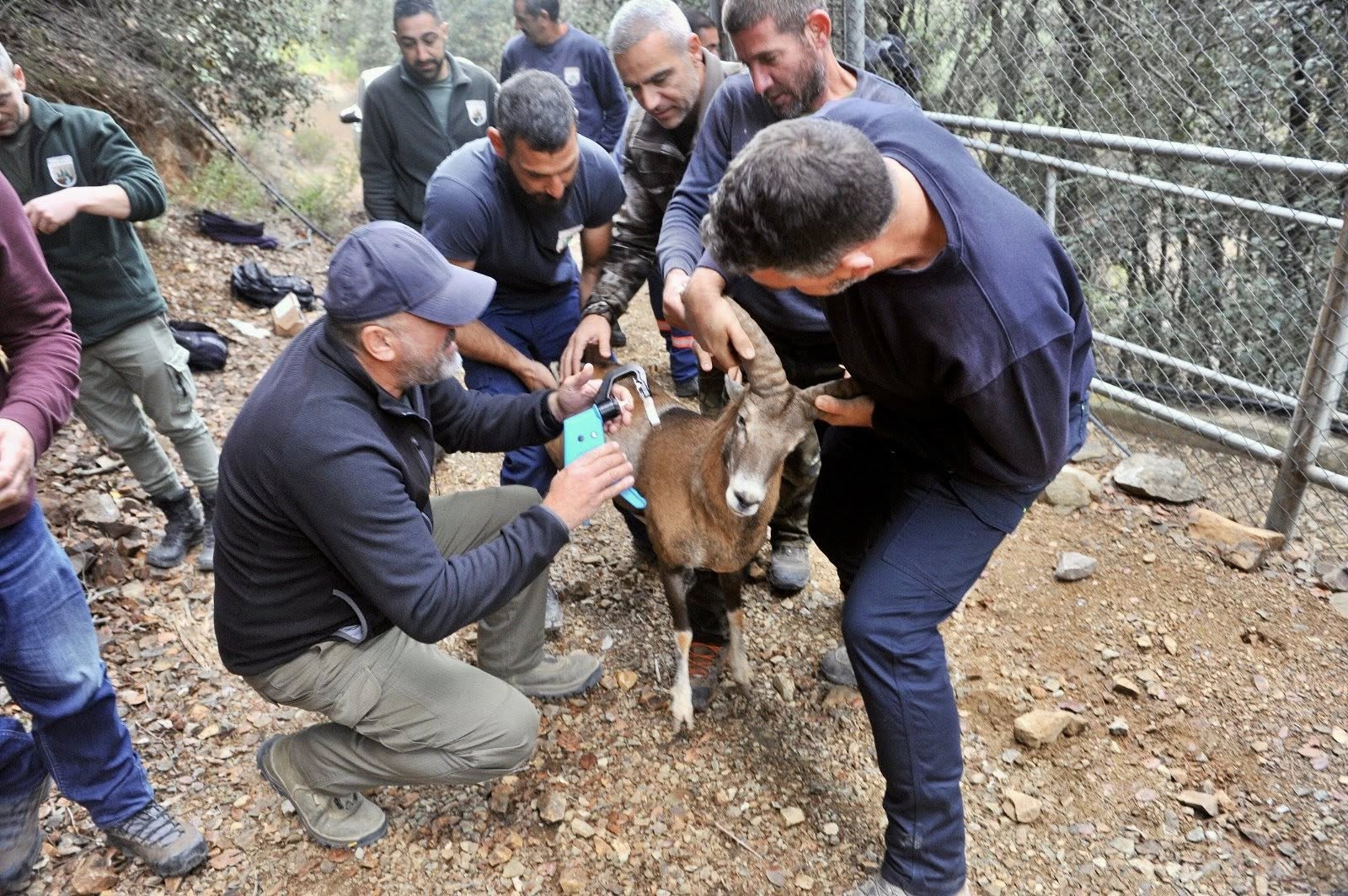
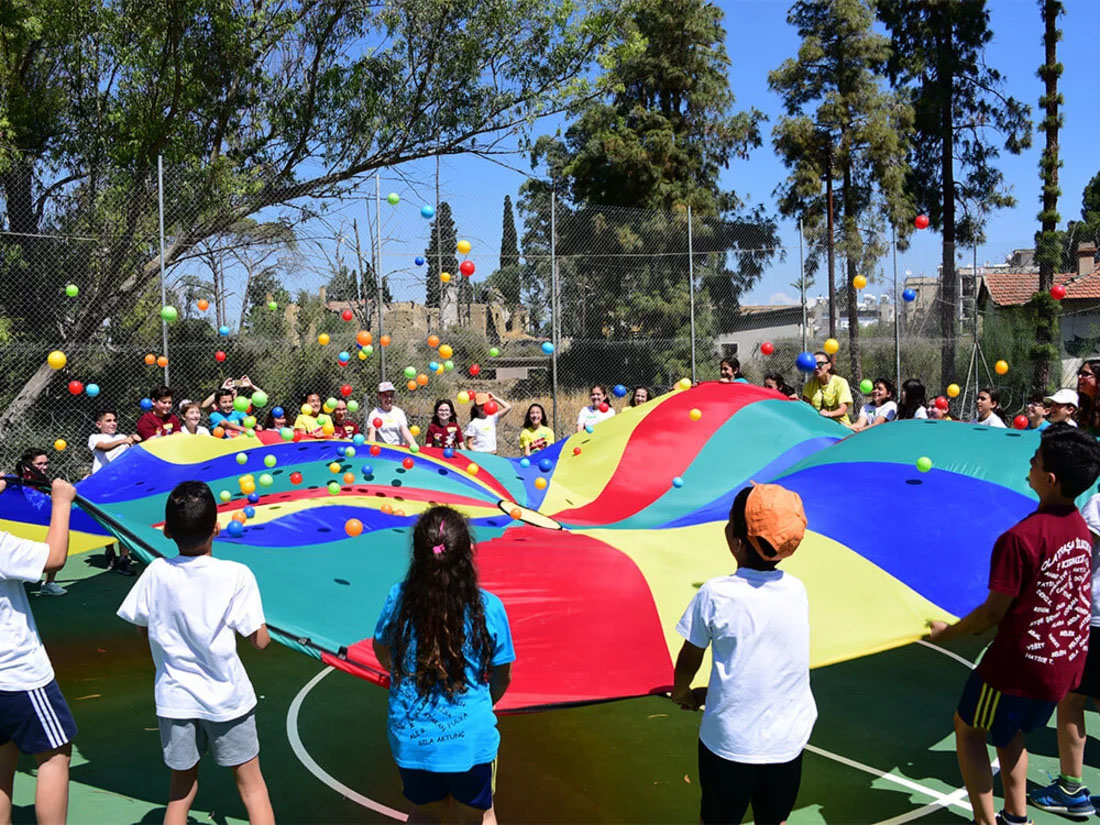
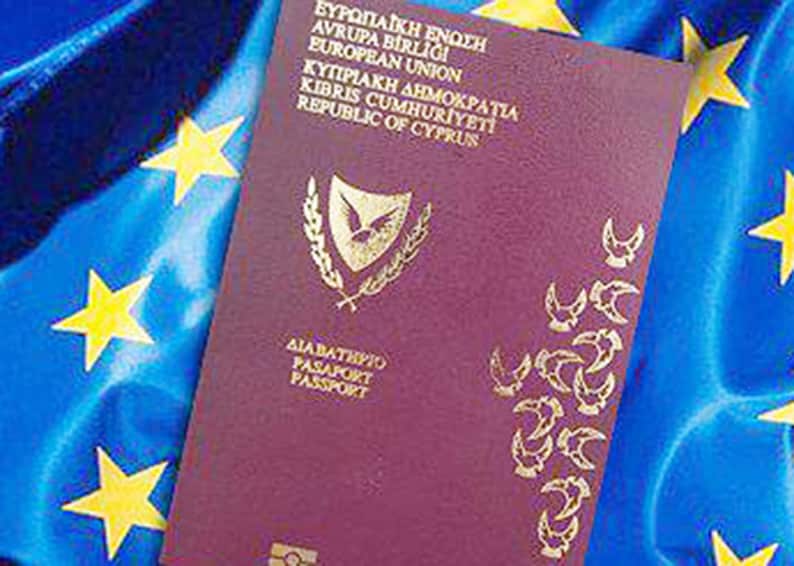
Click here to change your cookie preferences